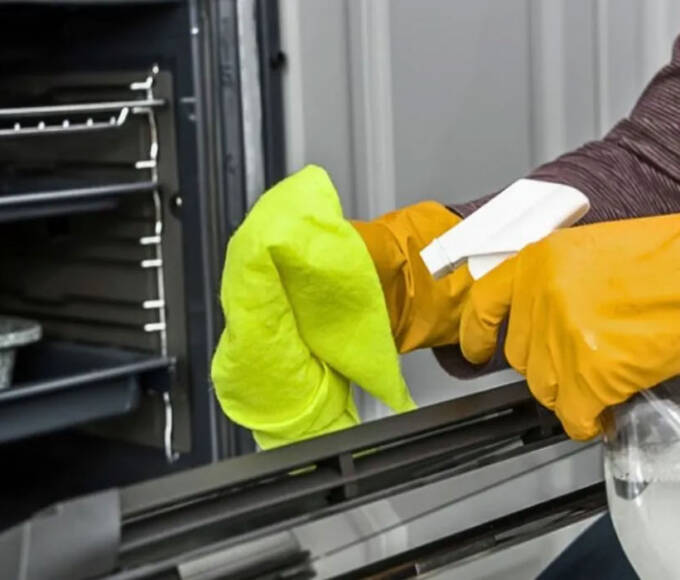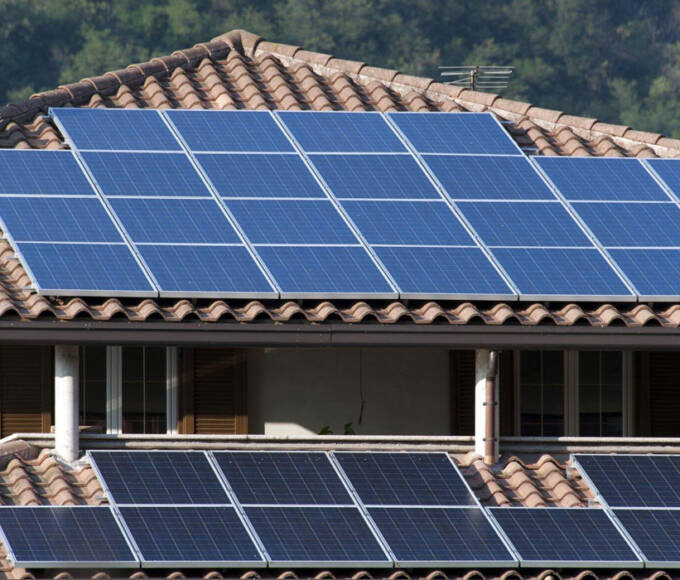Whether your facility is on the cutting edge of Silicon Valley or in a more traditional industrial setting, custom duct fabrication ensures that your HVAC system will perform at its best. Here’s what you need to know about this critical process.
Duct fabrication is a complex process that involves cutting and forming. The cutting is performed with shears and high-definition plasma equipment, while creating is accomplished using brakes or presses.
Fiberglass Ducts
A fiberglass duct may have a metal core wrapped in fiberglass insulation or a flexible duct with plastic wrap. These ducts are common in homes built before the 1970s. As they age, the fiberglass becomes brittle and crumbles into small particles that can get airborne. Inhaling these tiny fragments can cause rashes and itchy eyes. They can also irritate asthma and trigger sneezing.
This duct material is also used in chemical facilities since it can withstand corrosive substances. However, duct fabrication Gardena must be inspected regularly, as fiberglass can deteriorate quickly.
Fiberglass lining muffles sound, making these ducts popular in offices and large commercial buildings. However, they’re less durable than sheet metal ducts and can trap dust in the system. This dust then blows into the house, aggravating allergies and sneezing. It can even cause respiratory diseases, such as bronchitis and emphysema. The ducts must be cleaned thoroughly to remove the trapped dust.
Sheet Metal Ducts
Ducts are pipes that transport air through a system. They can be made of a variety of materials. The most common are metal commercial ducts, usually made of shaped galvanized or stainless steel.
They’re commonly found in HVAC systems but can also be used for other applications, such as industrial ventilation and fume extraction. They’re available in various shapes and sizes, such as round, rectangular, or oval.
Sheet metal commercial ducts come in long straight sections, with smaller fabricated fitting sections for changes of direction and custom transition pieces for connecting to equipment. Depending on the segment’s material, they can be joined using various welding techniques. For example, arc welding works well for metals with varying thicknesses. But gas welding is more effective for plastic composite ducts. The welded segments are sealed with a silicone sealant that protects against corrosion and condensation. This is an important step to meet regulatory standards, often including quality control checks.
Aluminum Ducts
Most homeowners are familiar with the role that ductwork plays in their homes. This system routes conditioned air from the HVAC unit to various parts of the house, ensuring that every room is well-ventilated and that hot or cold air stays in the space it needs.
Rigid sections of aluminum ductwork can be supported by large brackets or hung from the ceiling with screws. At the same time, flexible segments can be bent into various shapes without losing their ability to maintain an airtight cavity. They are also non-flammable, and they can be easily insulated to minimize the transfer of heat.
Stainless steel is another option for metal ducting, but it’s more flexible than aluminum and expensive. It’s highly durable, however, and resists corrosion from harsh chemicals and saline solutions. It’s a great choice for outdoor ventilation systems. Stainless steel is also non-flammable, and it can be easily welded.
Galvanized Steel Ducts
Galvanized steel is a sheet metal type used to fabricate commercial construction HVAC ducts. These ducts deliver supply, return, and exhaust air to maintain indoor temperatures while ensuring breathable and healthy interior spaces.
They also reduce noise and prevent the loss of cold or hot air, which helps lower energy bills. They can be fabricated in any shape to meet various installation needs and are typically insulated, making them more effective than non-insulated ducts.
Fabricated ducts are constructed according to standards set by the SMACNA. These standards are based on the static pressure exerted on the walls of the duct and the size of its components. They specify the gauge thickness of the duct and its seams and joints, along with requirements for reinforcement.
In addition to determining the appropriate materials, material takeoffs are necessary for estimating labor and materials. Ducts can have various shapes that require figuring their weight in pounds, including offsets and size changes (square to round). Using Estimating Takeoff software speeds up the calculation process.








